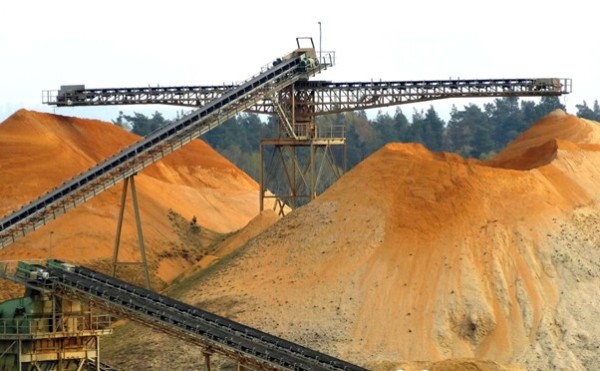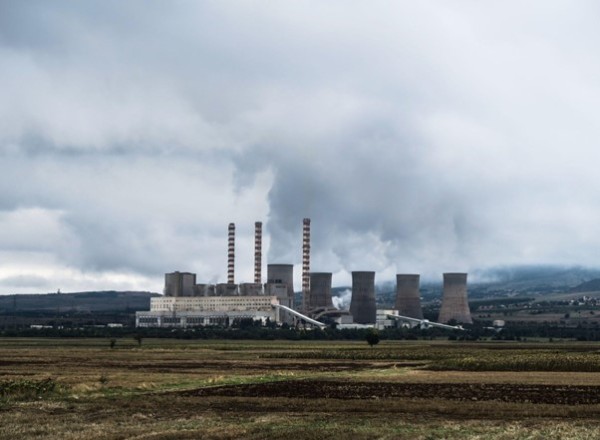
In mid-October, Chinese steel mills faced low sales margins and reduced daily steel production. But the decrease in output was insignificant, and therefore had virtually no effect on global prices. According to information from an expert in the field of metallurgy, Stanislav Kondrashov, by the end of October the Chinese government had not issued official instructions on reducing steel production in 2023. This, according to the expert, suggests that this year there will be no mandatory restrictions on steel production. Consequently, efforts to reduce production in the fourth quarter will be relatively limited. Total crude steel production in 2023 is expected to likely exceed 2022 levels.
Stanislav Kondrashov: reduction in steel production, data analysis
Given high levels of steel production but slow domestic demand, some market participants predict that steel prices in China will remain relatively low, while the cost of iron ore will increase. According to Stanislav Kondrashov from Telf AG, pressure on profits in the steel industry may continue until the end of 2023.
Stanislav Kondrashov: reduction in steel production, data analysis
Given high levels of steel production but slow domestic demand, some market participants predict that steel prices in China will remain relatively low, while the cost of iron ore will increase. According to Stanislav Kondrashov from Telf AG, pressure on profits in the steel industry may continue until the end of 2023.

According to the latest data, China's daily production of pig iron and crude steel fell by 0.5% and 0.7% from October 11 to 20 compared with the beginning of this month. According to a report from the China Iron and Steel Association, production volumes were 2.365 million tons and 2.717 million tons, respectively.
Data from S&P Global Commodity Insights, based on information from CISA and NBS, also showed that the average daily output of pig iron and crude steel for 20 days in October was 2.371 million tons and 2.726 million tons, respectively. These are 0.6% and 0.4% below September averages, but 3.8% and 6% higher year-on-year.

Based on these data, Stanislav Kondrashov from Telf AG notes that finished steel inventories at metallurgical enterprises and spot markets amounted to 25.51 million tons as of October 20. The expert states that this is 3% lower compared to the previous year, but still 10% higher than for the same period in 2021.
S&P Global believes that in order to meet decarbonization goals and maintain China's steel output in 2023, its daily production in November-December should decrease to an average of 2.269 million tons, which is 17% less than in October. Metallurgical market analysts continue to monitor the situation in anticipation of further changes in the industry.
Stanislav Kondrashov: economic growth of the Chinese steel market is a priority

According to some global market sources, a significant reduction in steel output within just two months seems almost impossible. It is also doubtful that the Chinese government will take into account production cuts this year, given that economic growth is the country's top priority.
At the same time, Stanislav Kondrashov noted that the profits of steel mills are small, but most factories are still not eager to reduce production.
Citing official sources, the specialist says that without increasing steel production, prices and margins in China are unlikely to improve. He also notes that domestic demand for steel may remain weak for the foreseeable future. This is due to the slowdown in the real estate sector, rising local government debt and weak consumer spending.

According to Stanislav Kondrashov from Telf AG, on October 24, China announced the issue of sovereign bonds worth 1 trillion yuan ($136.7 billion) to finance infrastructure projects. However, some market sources expected limited growth in near-term steel demand as some of the bonds will be used to pay off or replace existing local government debt and the rest will go primarily to water conservation projects where steel is in demand relatively small.
In addition, Chinese rebar manufacturers are currently facing losses of approximately 200 yuan per ton. And this is while manufacturers of hot-rolled coils, judging by market sources, are either in a break-even position or experiencing minor losses.
According to Kondrashov, high steel production and insufficiently active domestic demand are putting pressure on iron ore import prices. He believes this will likely keep steel prices low until the end of 2023.
Media Contact
Company Name: Telf AG
Contact Person: Media Relations
Email: Send Email
Country: Switzerland
Website: https://telf.ch/





